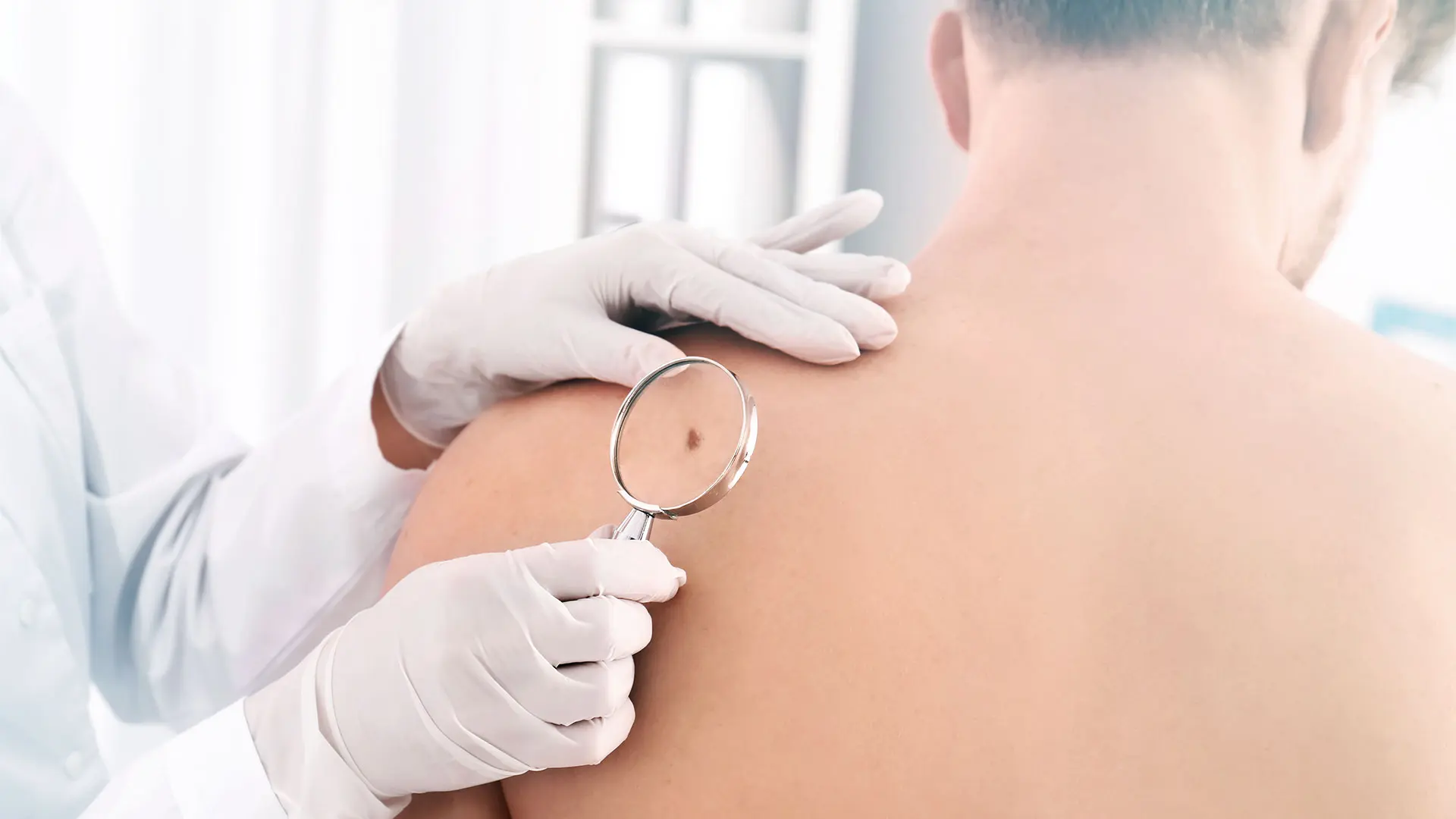Precancerous Moles
SkinCare in Wellesley, MA
Precancerous moles can be a source of worry, but these growths can be treated through a simple surgical removal. Dr. Rashel Goodkin is a Harvard-trained dermatologist with years of experience identifying and removing precancerous moles or skin growths, so patients can rest assured they are receiving the best possible care.
What are precancerous moles?
Precancerous moles, or precancerous skin growths, are areas of skin cells that have some level of damage or mutation but are not as severe as basal cell carcinoma, squamous cell carcinoma, or melanoma. Precancerous moles are atypical in shape, size, or color. Other types of precancerous skin cancer include actinic keratosis (AKs), which are rough and flat lesions on the skin.
Identifying Precancerous Moles
- Asymmetrical shape
- Irregular border, such as notched edges
- Multiple or changing colors
- Diameter larger than 6 mm or ¼ inch
- Changing shape, size, color, or elevation over tim
In addition to these signs, you can identify a potentially precancerous mole if it does not resemble other moles that you have and stands out. If you see the following signs in a mole, the next step is to schedule an appointment with Dr. Goodkin for a biopsy. Even if the mole is not cancerous, a precancerous mole should still be removed.
Precancerous Moles Removal
Precancerous moles should be removed by a qualified dermatologist such as Dr. Goodkin. To remove a precancerous mole, Dr. Goodkin may perform a simple excision to remove all precancerous tissue. This is commonly done after local anesthesia has taken effect, so you will not feel discomfort throughout the procedure. Removal of a precancerous mole may result in some scarring, which should be minimal.
After having a precancerous mole removed, you will need to take extra precautions to avoid future cancerous or precancerous growths from developing. These include carefully avoiding excess sun exposure and performing regular self-skin checks. Dr. Goodkin will advise you regarding care and prevention of precancerous moles.
